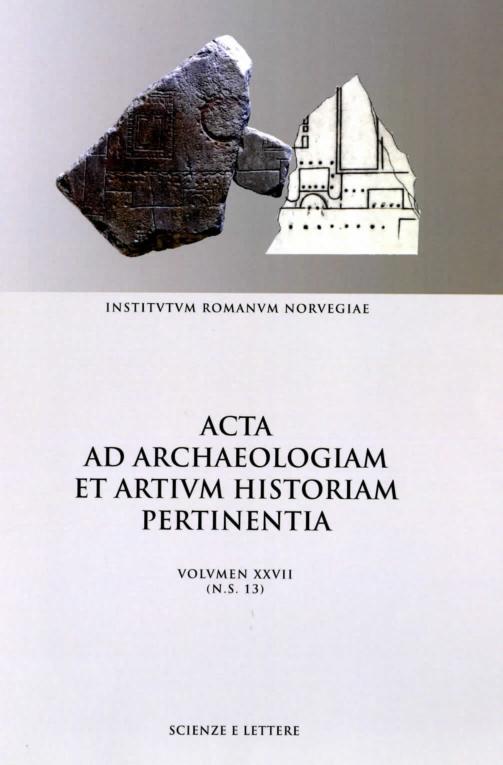Mithras Tauroctonos in Late Antique Rome
DOI:
https://doi.org/10.5617/acta.5807Abstract
This article discusses the tauroctony icons of late antique Rome, specifically the main icons of Mithraea that were in use during the last century or so of the life of the cult of Mithras in Rome. When dealing with Mithraic art, and even with the scholarship on Mithraic art, we are first and foremost dealing with the image of the bull-slaying Mithras; the tauroctony. This ubiquitous image executed in a wide range of media – reliefs, murals, and sculpture – shows Mithras astride the bull, raising its head by the nostrils, and plunging his dagger into its nick. In the following, I will not concern myself with interpreting the motif of the bull-slaying Mithras as such, but I will rather focus on the corpus of Mithraic icons from Rome as a group, with the main emphasis on tauroctonies which could have been in use in the last phase of the cult in Rome, in particular looking more closely at how these late antique Roman examples of Mithraic art differed from other Mithraic icons both in form and in function.How to Cite
Bjørnebye, J. (2017) “Mithras Tauroctonos in Late Antique Rome”, Acta ad archaeologiam et artium historiam pertinentia, 27(13 N.S.), pp. 71–98. doi: 10.5617/acta.5807.
Issue
Section
Articles
License

This work is licensed under a Creative Commons Attribution-NonCommercial 4.0 International License.
Authors who publish with this journal agree to the following terms:
- Authors retain copyright and grant the journal right of first publication with the work simultaneously licensed under a Creative Commons Attribution License that allows others to share the work with an acknowledgment of the work's authorship and initial publication in this journal.
- Authors are able to enter into separate, additional contractual arrangements for the non-exclusive distribution of the journal's published version of the work (e.g., post it to an institutional repository or publish it in a book), with an acknowledgement of its initial publication in this journal.
- Authors are permitted and encouraged to post their work online (e.g., in institutional repositories or on their website) prior to and during the submission process, as it can lead to productive exchanges, as well as earlier and greater citation of published work (See The Effect of Open Access).





